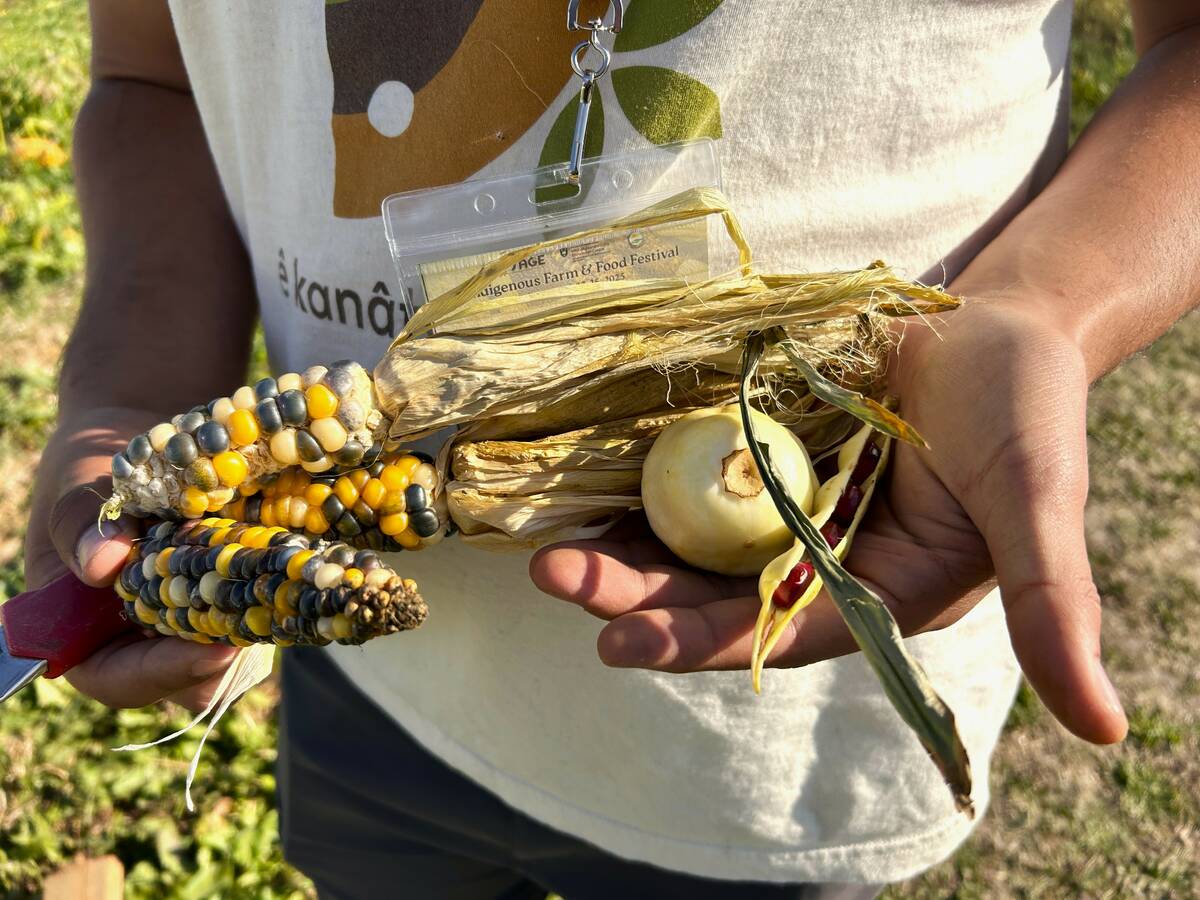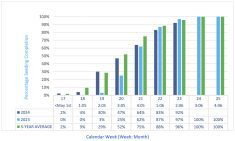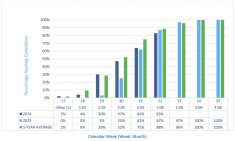Manitoba Agriculture pulse and soybean specialist Dennis Lange says the window for seeding soybeans is getting wider.
“In the past, one of our big concerns was planting soybeans too early,” he said. “That was our initial discussion a few years ago.”
WHY IT MATTERS: Late May is historically the prime time for planting soybeans, although that timeframe has been creeping earlier.
Read Also

Regenerative practices meet Indigenous knowledge on the Prairies
What do traditional Indigenous agricultural practices and regenerative agriculture have in common? Quite a lot it turns out.
Soybeans are susceptible to frost, and historically, the risk of frost has been significant into the third week of May in many parts of the province.
“That risk of frost has definitely diminished,” said Lange.
As a result, farmers have been planting soybeans earlier. As of May 16, nine per cent of the projected acres had already been planted in the province, according to Manitoba Agriculture’s weekly crop report. The window has opened in the other direction as well.
Last year, Manitoba crop insurance deadlines for seeding soybeans and several other crops were extended to account for late seeding due to spring storms. At the time, Manitoba Pulse and Soybean Growers executive director Daryl Domitruk said it was time to look at those deadlines anyway because improvements in early-maturing varieties have changed the game.
“It was clear that it was time to look at these seeding dates, and that’s what crop insurance did,” he said.
The 2023 insurance deadlines for seeding soybeans range from May 30 in Area 4 to June 8 in Area 1. While the window is wider, Lange says the ideal time to plant is still the last week of May in most areas.
“There’s no real issue planting right up to the end of May,” he said.
Since soybeans are a heat-loving crop, they are more susceptible to disease if they linger in cold soil too long. Soil temperature is often cited as one of the determining factors when seeding the pulse.
“Once we get some good warm conditions, the soybeans will come out of the ground really quick,” said Lange. “In seven to 10 days, we start to see beans popping up, and that’s what you want to see.”
Planting depth is an important consideration, he added.
“A good target to work with is in the range of three-quarters of an inch to an inch and three-quarters. Ideally, you’d want to be in that mid-range, so about an inch and a quarter into good moisture.
“The deeper you go, the colder the soil is, and the slower they’re going to come up. There have been some years when it’s been a drier spring and growers have had to go down to two inches. That’s not something I typically would recommend.”

Lange said soil moisture is looking good this year across the province, but there hasn’t been much rain lately so conditions can change quickly.
He cautioned against planting shallower than the recommended range. He has seen farmers plant in the half-inch range when rain is in the forecast, hoping to get beans out of the ground sooner.
“If you don’t get that rain, there may be enough moisture for the seeds to germinate, but you may have higher levels of desiccation of the seeds and a poorer stand just because that seed imbibed some moisture, but then dries off because it’s not enough for continuous growth.”
Seeding rates are another consideration.
“You want to have a stand establishment of between 140,000 and 160,000 plants per acre,” said Lange. “That’s the range where you’re going to maximize your yield.”
Gauging how to end up with that stand will depend on seeding method and seed quality.
Lange noted that solid seeding — anything narrower than 10-inch rows — may result in higher seed mortality from air seeder damage. In such cases, farmers may want to aim rates a little higher.
“So they should be planting at that 200,000 seeds per acre range to get that 140,000 to 160,000 plants per acre,” he said.
On the other hand, planting in the 170,000 to 180,000 seeds per acre range should be sufficient to reach target density.
“Regardless of row spacing, your target range still stays the same. If you’re noticing a lot of splits in the seed, or if you know the seed is very dry and you’re putting it through a system that could damage that seed a little bit, you want to compensate your seeding rate for that just to make sure you’re in that target range,” Lange said.
“I have seen years where growers are in a bit of a rush and they put it through the air seeder, and all of a sudden, instead of having 140,000 plants, you’re under 100,000 plants.”
The final consideration for a good stand is weed control.
“We’re starting to see a lot of the weeds start to pop through,” said Lange. “It’s important to control some of those weeds while they’re small.”
While that’s true for most crops, it’s even more critical for soybeans because they’re planted in black soil and it takes a while for the plants to cover the ground.
















